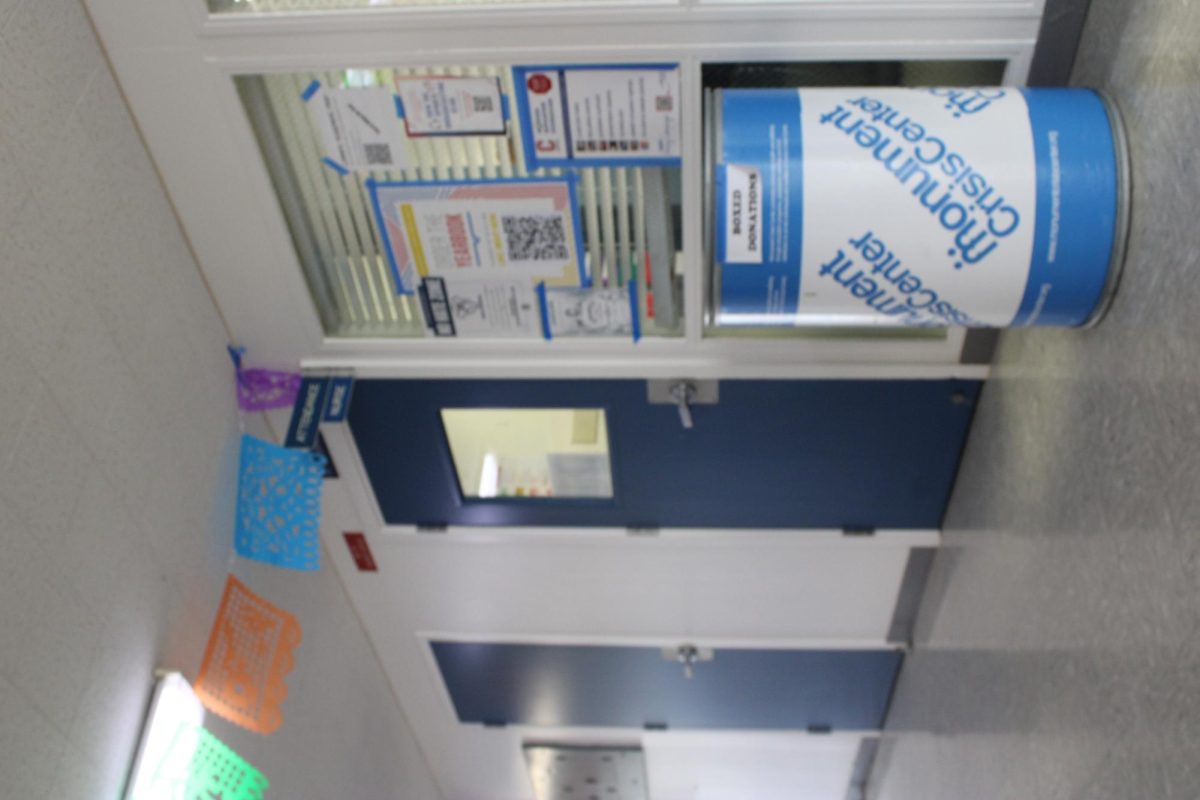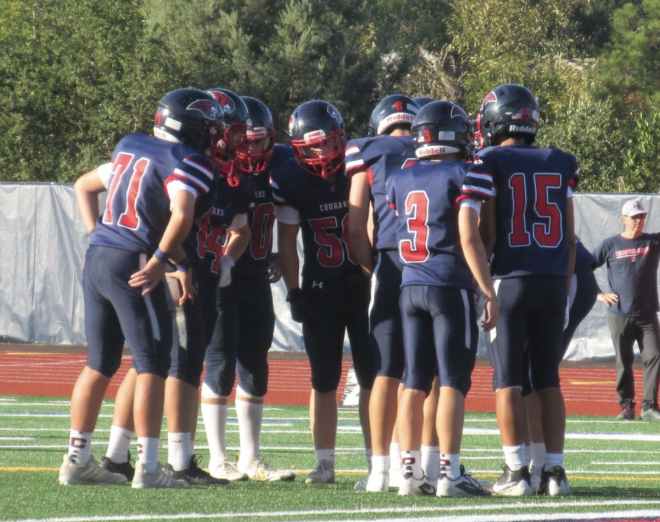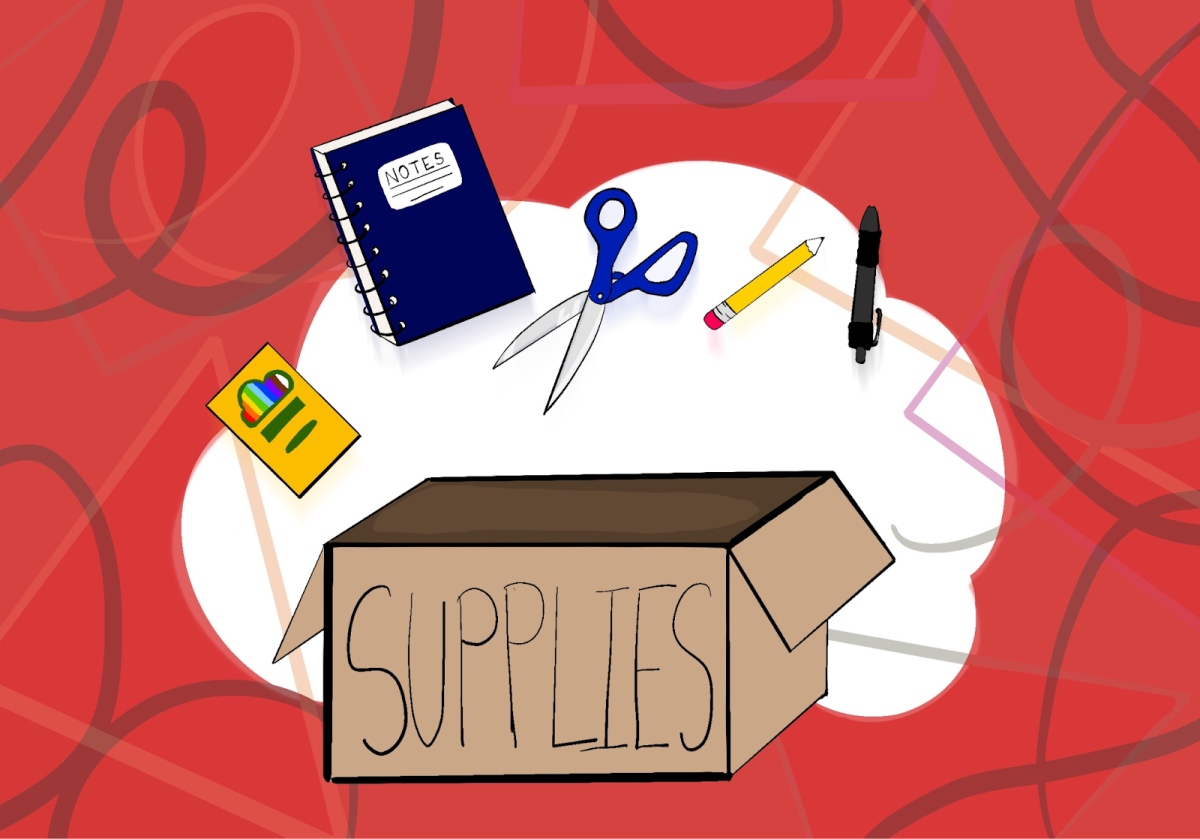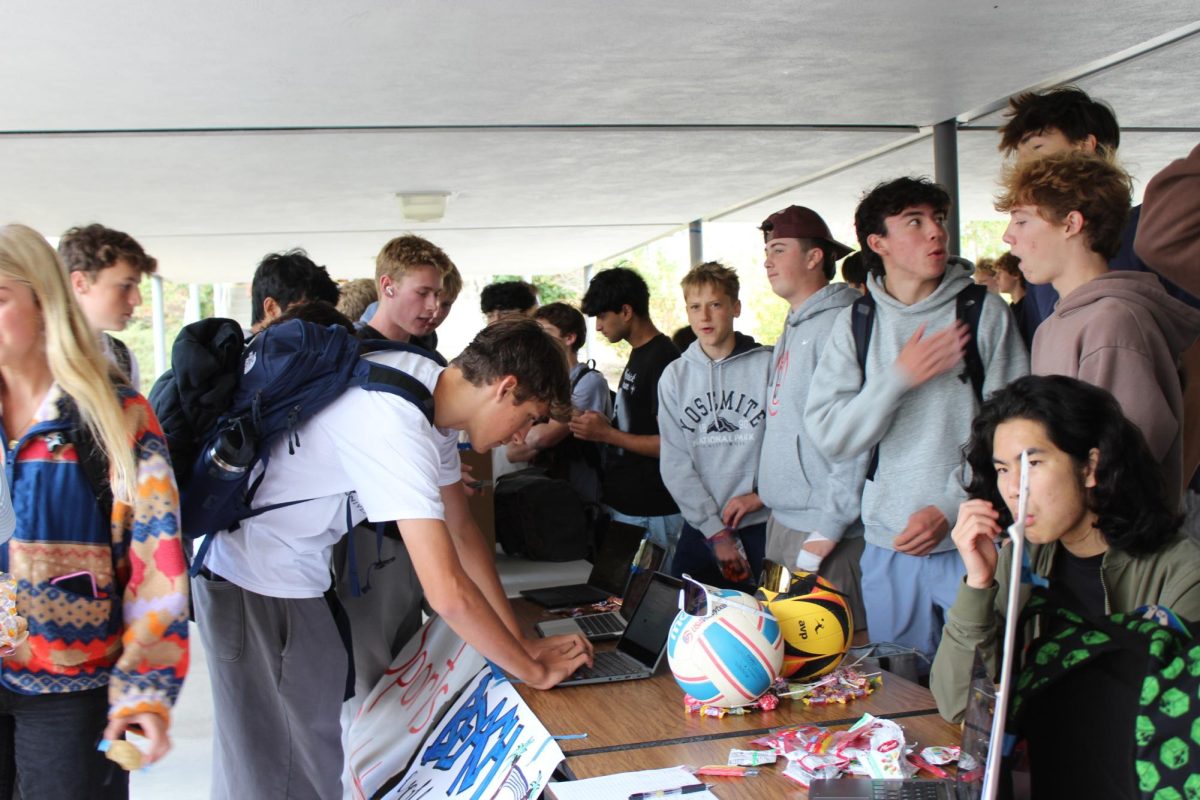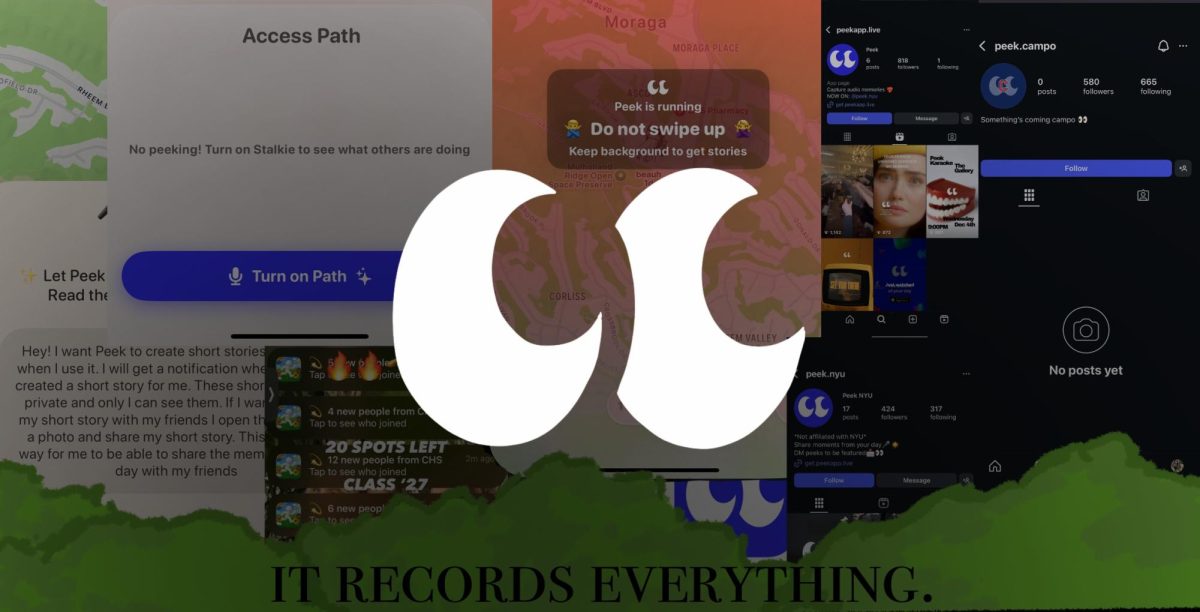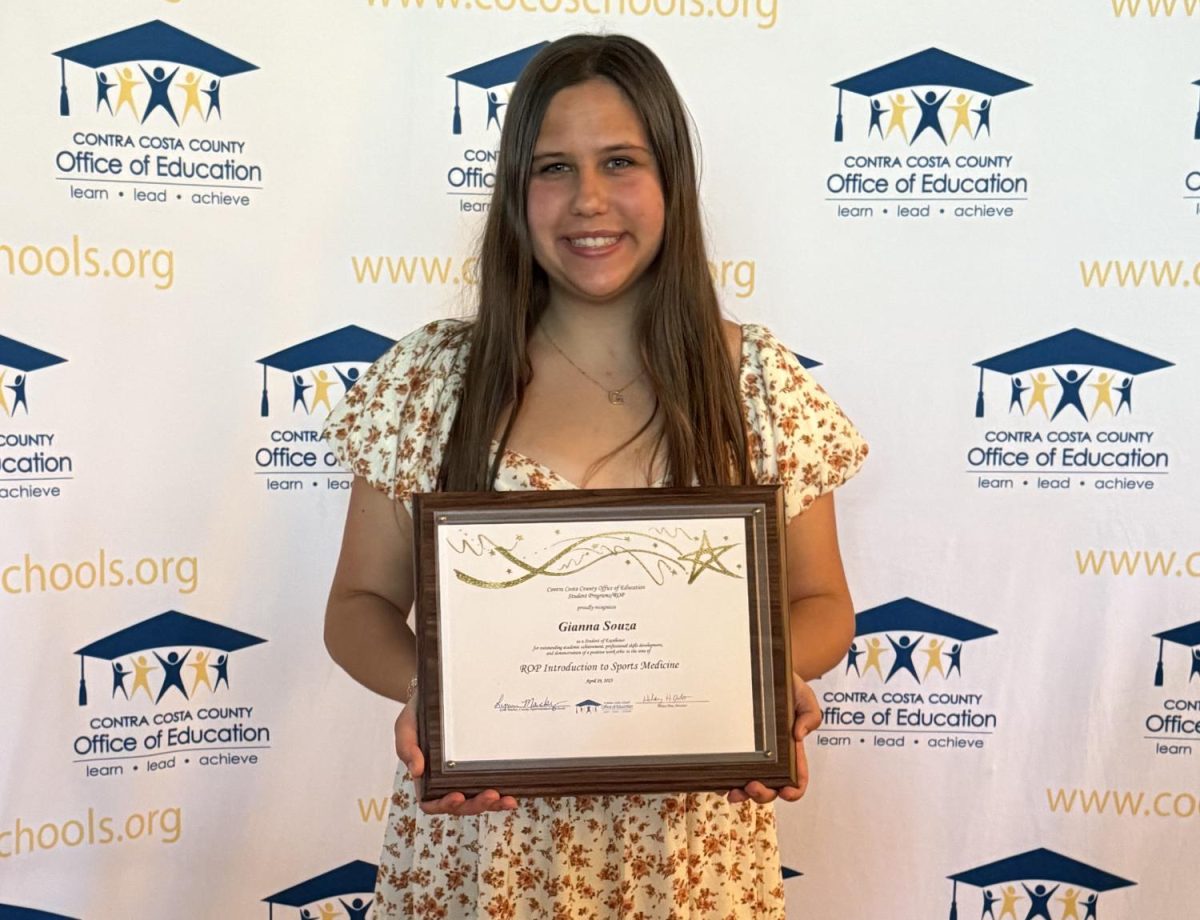A group of 33 students from Environmental Science, AP Environmental Science, and Leadership visited the Waste Management Facility in San Leandro on October 16.
The students left campus during reading period and rode on a school bus to the facility. 3 chaperones accompanied the students, including Environmental Science teacher Patrick Wildermuth, A.P. Environmental Science (APES) teacher Mr. Kauzer, and Global Student Embassy (GSE) Director of Program Development Mallory Bresler.
Senior Newton Kwan was one of three students from APES that attended the field trip. Kwan signed up for the trip because he wanted to learn ways in which to become more environmentally friendly. “I would like to be more environmentally conscious and to find ways to ultimately conserve energy,” he explained.
While at the facility, the students and teachers visited the Stop Waste building and toured the compound. Students listened to lectures from members of the Stop Waste staff, made a chart of what they knew about recycling and waste management coming into the experience and what they wanted to learn from it, and participated in an interactive activity about the life cycle of certain goods.
After the discussions, the students, chaperones, and staff members donned hard hats, neon vests, and protective glasses and headed out for a tour of the Waste Management grounds.
Students walked around most of the facility. The tour began with the group stopping to look at large bins of different colored compost. On their first stop on the tour, students learned about the composting process and saw a landfill from the 1950s, once merely piles of garbage, now covered in dirt, grass, and trees.
The students also visited a large warehouse where trash was dropped off from garbage trucks and then pushed into a giant shoot. After a long walk, the group entered another warehouse and climbed up a set of wooden stairs to a vantage point where students, chaperones, and staff members watched garbage trucks drop their contents into a gigantic pit of trash. The extensive tour was wrapped up with a visit to the processing section of the plant. The group observed all of the machinery used in the processing portion of recycling.
After the tour finished, everyone returned to the Stop Waste building, returned their protective gear and participated in a wrap up direction. Students filled out the “What They Learned” section of the chart and had their final questions answered. They then left the Waste Management facility and made it back to Campolindo during 7th period.
Kwan enjoyed the field trip because he got to see where waste goes after it gets thrown away and what is done with it. “It was cool to see where the ‘away’ is, like where trash goes after it leaves my house,” he said. Kwan learned about how to practice more sustainable living habits. “I learned that there are more things that I can recycle than I thought. 40% of things that are thrown away can be recycled such as pizza boxes and take out boxes,” he said.
Kauzer also viewed the field trip as a good learning experience. He believes that seeing the pit filled with garbage was one of the most important moments for students on the field trip because it showed them that there was more trash in the dump than there had to be; some of it could’ve been recycled. “It was the moment that was the most teachable. Next year, if we go again, I’ll try to make it clear that it doesn’t have to be that way,” he said.
Kauzer feels that the tour of Waste Management, specifically visiting the pit, helped bring meaning to the concepts students have learned about in APES and Environmental Science. He believes that seeing the large amount of wasted resources amongst the garbage further emphasized the need to make use of salvageable goods in order to lessen the impact on the environment. “A transport dump can be seen as a mine. We could decrease the amount of nonrenewable resource collection if we just recycled a little more or mined the landfill a little more,” he explained.
Kauzer also learned something new on the field trip. During the trip, he found out that much of the recycling of Bay Area’s resources is done in China, not in the U.S. “I really thought that the Bay Area did a better job of recycling our resources and sending them elsewhere,” he said.
Kwan believes that the field trip was beneficial. “It was a good experience because we got to learn outside of the classroom and come up with more sustainable solutions,” he said.
